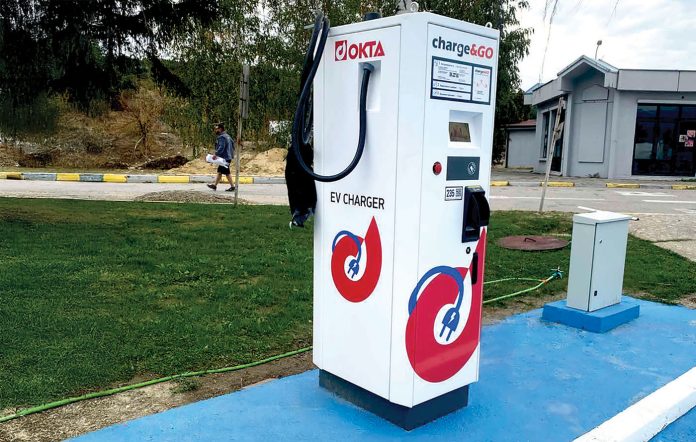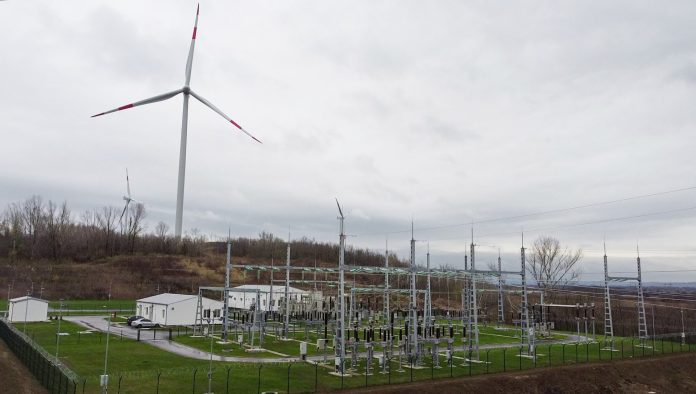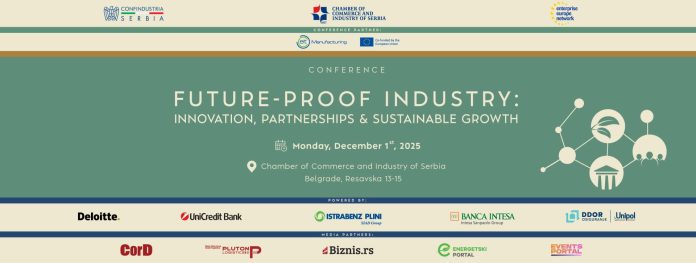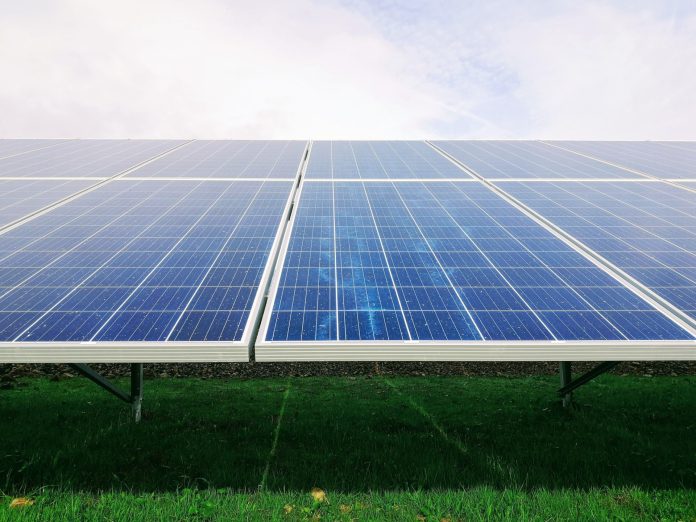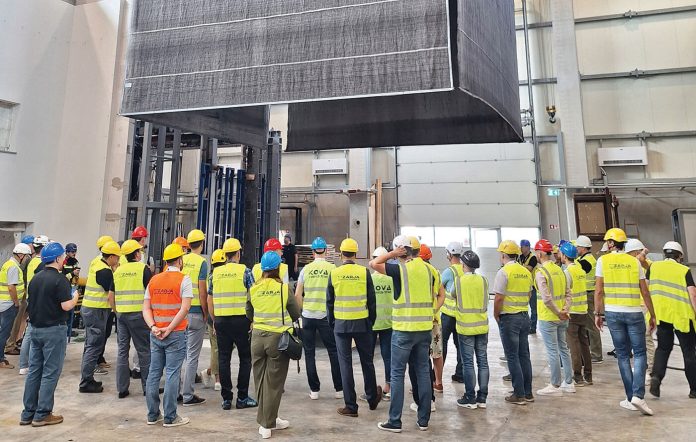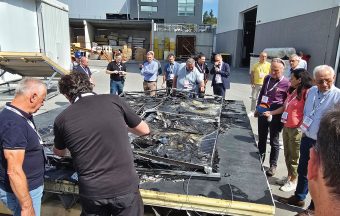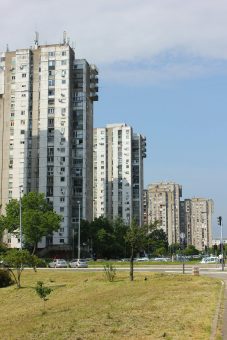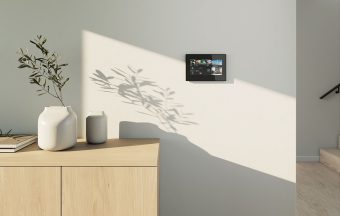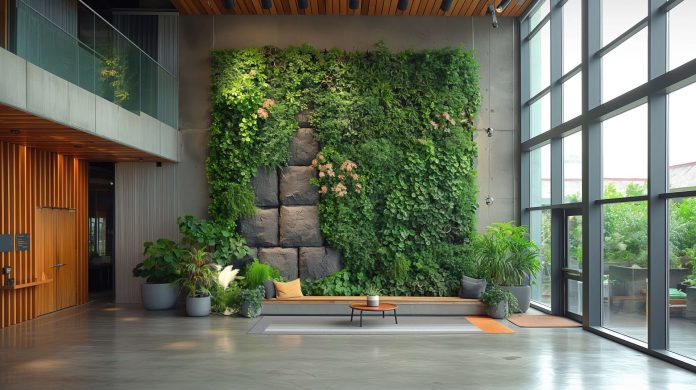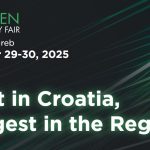The company MT-KOMEX continues to expand its network of solar projects across Serbia — this time in Novi Bečej, where construction has begun on the B4M Solutions solar power plant for the investor B2 Solar Masters d.o.o.
The power plant, located on an 8-hectare site, will have a total installed capacity of 6.7 MWp and a connection capacity of 5 MW, with an expected annual generation of 8,703.5 MWh. Currently, substructure installation is in progress, and project completion is scheduled for early next year.
This solar power plant, designed to deliver full electricity to the distribution system, represents another successful example of a project contributing to Serbia’s energy transition and decarbonization goals.
IN FOCUS:
- National Park Cities – A Vision Of Healthier And Greener Urban Environments
- Solar energy is the future – but only if it’s safe
- Green Construction in Bosnia and Herzegovina – Obstacles on the Path to Sustainability
Across the 8-hectare site, a total of 10,368 photovoltaic panels — each with a capacity of 650 Wp from the renowned manufacturer AIKO Solar — will be installed. Power conversion from DC to AC will be handled by 18 Huawei inverters, model SUN2000-330KTL-H1, each with a nominal capacity of 330 kW. The system will also include a 20/0.8 kV transformer station and a range of components ensuring safe and efficient plant operation.
Thanks to the favorable solar potential of the Novi Bečej municipality, where annual solar irradiation ranges between 1,400 and 1,500 kWh/m², the plant is expected to achieve excellent results in clean energy production.
The Novi Bečej project once again confirms MT-KOMEX’s dedication to developing sustainable energy solutions and supporting investors on their path toward energy independence and a greener future for Serbia.
Prepared by: Milena Maglovski
The story was published in Energy portal Magazine GREEN ARCHITECTURE



